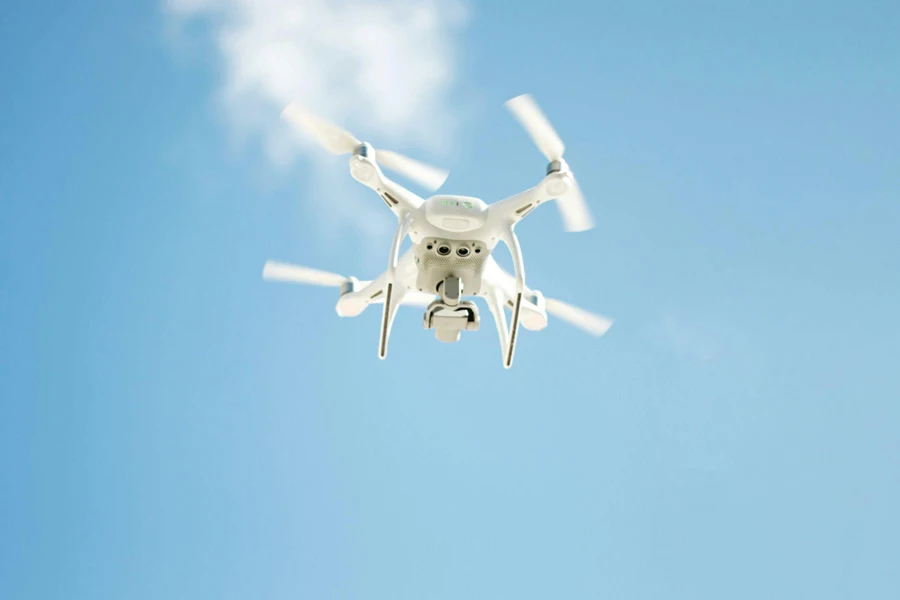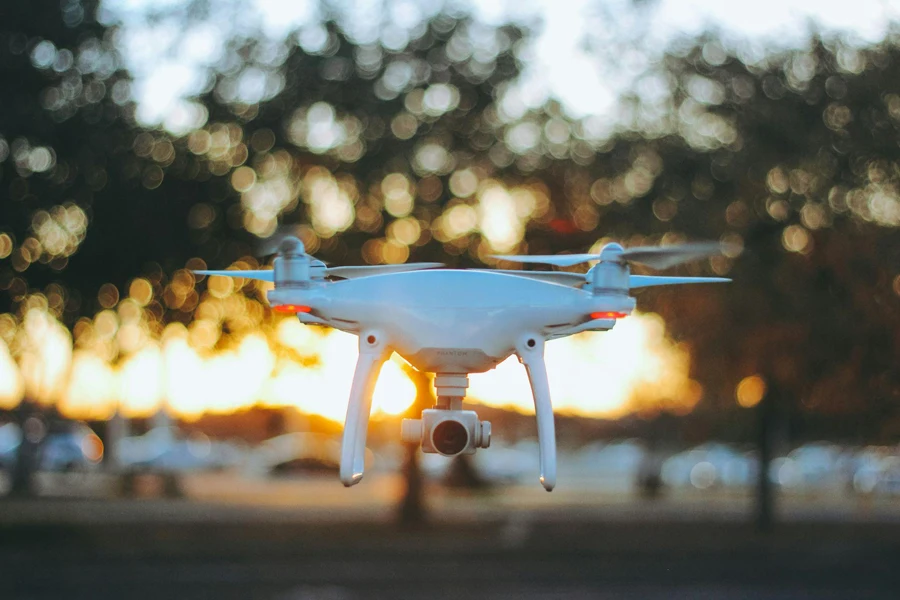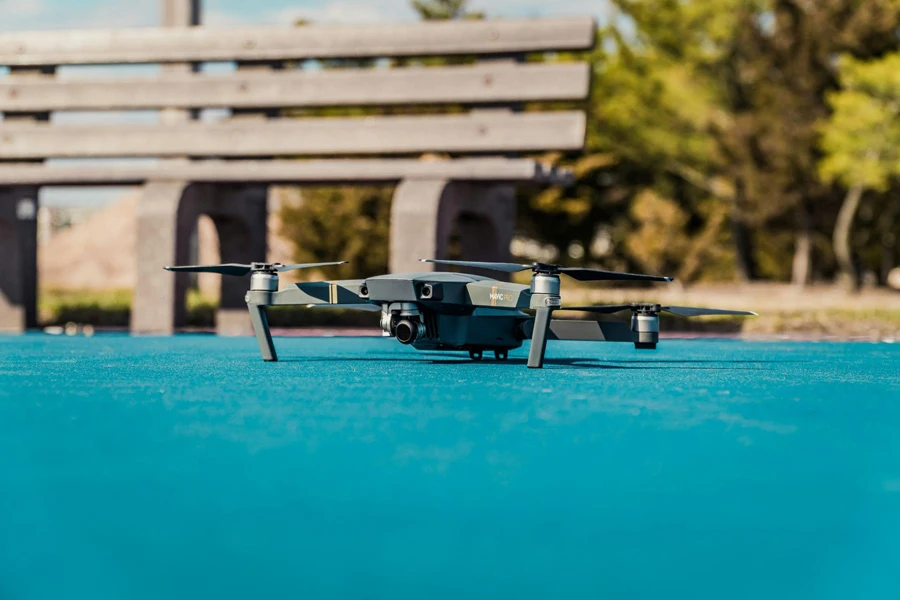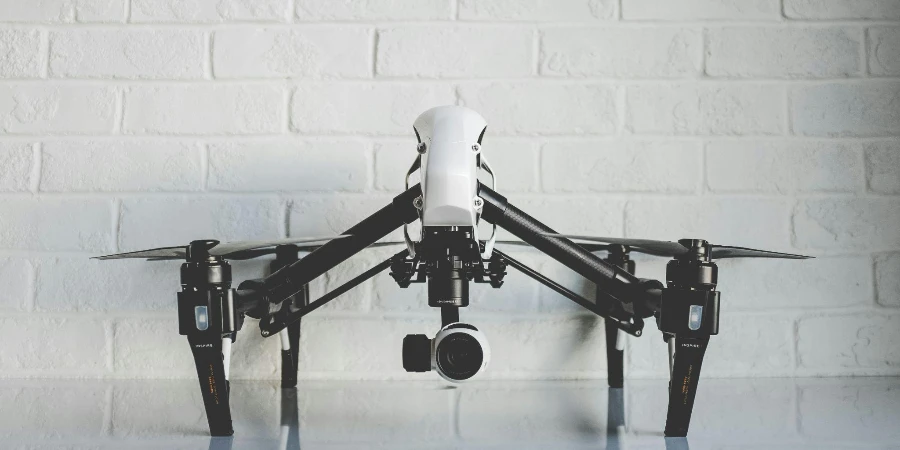Table of Contents
● Introduction
● Market overview
● Things to consider when selecting drones
● Beginner drones and their features
● Conclusion
Introduction
Drones have surged in popularity, capturing the imaginations of photography enthusiasts and hobbyists alike. Their appeal lies in the unprecedented accessibility to aerial photography, once a domain reserved for professionals with expensive equipment. Today’s drones blend advanced technology with user-friendly controls, making them ideal for beginners eager to explore from above. Innovations such as stabilized gimbals, high-resolution cameras, and automated flying modes have lowered the entry barrier significantly. As a result, more people are now able to capture stunning landscapes and dynamic footage, opening a new realm of creative possibilities.

Market Overview
The consumer drone market is currently undergoing significant expansion, with its value reaching USD 4,120.8 million in 2022. According to Grand View Research, this market is expected to grow at a robust Compound Annual Growth Rate (CAGR) of 13.3% from 2023 to 2030. This surge is largely driven by increasing demand among hobbyists and photography enthusiasts, drawn to the enhanced capabilities and affordability of the latest drone models. Grand View Research also notes that North America holds a substantial portion of the market, with over 36% share in 2022, a dominance attributed to advanced technological adoption and substantial investments in drone technology. Meanwhile, the Asia Pacific region is forecasted to experience a significant growth rate of approximately 15% CAGR over the same period, fueled by strong government support and a booming consumer electronics sector.
Technological innovations continue to propel the consumer drone market forward. Recent developments include the integration of high-quality cameras and enhanced data processing capabilities, such as those seen in the DJI Mini 3 Pro launched in May 2022. This model, targeted towards the consumer segment, emphasizes portability and ease of use without sacrificing performance. Investment in the sector is also on the rise. Such advancements and financial influx highlight the ongoing evolution and increasing sophistication of consumer drones, making them more appealing for a wide range of applications beyond mere recreation. All data provided by Grand View Research from their 2030 market analysis report.

Things to consider when selecting drones
Ease of use
Drones specifically designed for beginners often prioritize ease of use through intuitive interfaces and automated functionalities. Key features such as auto-takeoff, landing, and pre-programmed flight modes not only simplify the learning process but also boost the novice pilot’s confidence. Such automation is critical in helping new users avoid common piloting errors and in fostering a smooth and enjoyable initial experience. Additionally, many beginner drones come equipped with simplified remote controls and companion apps that provide step-by-step tutorials and in-flight tips, further enhancing their accessibility.
Flight performance
Flight performance is a critical area to consider and is often characterized by factors like battery life, range, and stability across various environmental conditions. Extended battery life and long-range capabilities are important as they determine how long and how far a drone can fly on a single charge, thus allowing for prolonged and expansive aerial explorations. Stability in flight is equally crucial, particularly in adverse weather conditions. Drones with advanced stabilization technologies ensure that even in wind or minor turbulence, the drone remains steady and responsive, thereby ensuring safety and quality of the captured footage or photographs.
Camera quality
Camera quality is paramount for those interested in using drones for aerial photography and videography. The resolution of the camera, the size of its sensor, and the stability provided by its gimbal system are all factors that directly influence the sharpness, clarity, and overall quality of the aerial images and videos captured. Higher resolution cameras, capable of shooting in 4K or higher, allow for stunning visual detail, which is essential for professional-quality outputs. Additionally, a well-stabilized gimbal helps in maintaining the camera’s balance during flight, ensuring smooth, cinematic shots free from shakes and jitters.
Durability and safety features
Durability in drones is vital for withstanding the inevitable bumps and crashes that come with learning to fly. A sturdy build not only prolongs the life of the drone but also protects its sensitive components. Safety features such as obstacle detection sensors and automatic return-to-home (RTH) capabilities are essential for preventing mishaps. These features help the drone avoid unexpected obstacles, and in cases where the drone might fly out of the pilot’s view or if the battery runs critically low, they ensure it can return to its starting point safely and autonomously.
Regulatory considerations
Understanding and adhering to the regulatory requirements for drone operations is crucial for any beginner. In many regions, including the United States, drones over a certain weight (typically 250 grams) must be registered with the appropriate aviation authority, such as the FAA. This registration process involves a nominal fee and the need to mark the drone with an ID number. Compliance with these regulations is essential not only for legal flight operations but also for ensuring the safety and privacy of the broader community. Prospective drone pilots should familiarize themselves with these laws to avoid fines and maximize the enjoyment and utility of their drone.

Selecting a beginner drone
Budget-friendly options
Entry-level drones provide an accessible path into the world of aerial photography and videography for those new to drone piloting and mindful of their budget. These models often incorporate features that are surprising for their price range, including high-definition video capabilities, extended battery life for longer flight times, and automated flight functions such as hover, return-to-home, and pre-programmed flight paths. The design of these drones focuses on ease of use, with straightforward controls and user interfaces that help mitigate the learning curve associated with flying techniques. Such drones are not only cost-effective but also robust enough to handle beginner mistakes, making them ideal for those looking to get a solid introduction to drone operations without a significant investment.
Compact drones
Compact drones are specifically designed for portability and ease of use, catering to those who need a drone that can easily travel with them. These models are typically lightweight and feature foldable designs that maximize space efficiency, ideal for fitting into small compartments or backpacks. Despite their compact size, they don’t compromise on performance; many are equipped with advanced camera systems capable of shooting 4K video and capturing high-quality stills. They often include GPS and vision-based navigation systems, allowing for stable flight in a variety of settings. Compact drones are perfect for adventurers, travelers, and anyone looking to document their experiences with minimal hassle and maximum mobility.
Feature-rich models for beginners
For those beginners who are quick learners or have specific aspirations that require more advanced features, certain drones are designed to fill this niche without overwhelming the user. These drones often feature cutting-edge imaging technologies, including multiple camera systems for capturing wide-angle, zoom, and thermal images. They also boast comprehensive safety features like 360-degree obstacle avoidance, advanced autopilot capabilities, and automatic tracking of subjects, which are crucial for executing complex flight maneuvers safely. Such drones provide a platform for ambitious beginners to experiment and hone their flying skills in a controlled yet expansive manner, bridging the gap between beginner and professional aerial photography tools.
Drones for photography enthusiasts
For individuals primarily interested in the photographic and videographic capabilities of drones, some entry-level models come equipped with features typically found in high-end professional drones. These include ultra-high-resolution cameras for stunning image clarity, mechanical shutters to reduce rolling shutter effects, and adjustable apertures for depth-of-field control. Sophisticated flight modes that facilitate complex cinematographic maneuvers, such as orbit, cable-cam, and waypoint navigation, allow creative users to capture unique and compelling footage. These drones often support raw and log video formats, giving photographers and videographers the flexibility to fine-tune their footage during post-processing. Designed for those who demand high-quality outputs and extensive creative control, these drones enable the capture of professional-level aerial imagery and serve as a critical tool for serious photography enthusiasts and content creators.
Each category of drones offers unique benefits and is tailored to meet different needs and skill levels, ensuring that every beginner can find a model that best suits their specific requirements and aspirations in aerial technology. Whether the priority is budget, portability, advanced features, or professional-level photography, there is a drone option available to enhance the flying and creative experience of any aspiring pilot.
Conclusion
Selecting the ideal beginner drone involves carefully balancing immediate needs with potential for future growth. Beginners should look for drones that offer ease of use through user-friendly interfaces and automated features, which facilitate a smoother learning curve while ensuring robust functionality for high-quality photography and videography. Additionally, features such as compactness for portability, extended flight times for prolonged sessions, and advanced camera specifications for superior image quality can greatly enhance the overall flying and photography experience. Choosing the right drone means finding a balance between simplicity for beginners and the capability for more advanced operations as skills develop. A well-chosen drone will meet initial expectations and also support the pilot’s growth into more sophisticated aspects of drone operation and aerial photography.




